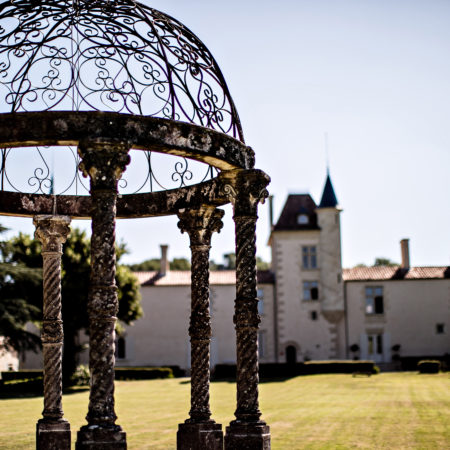
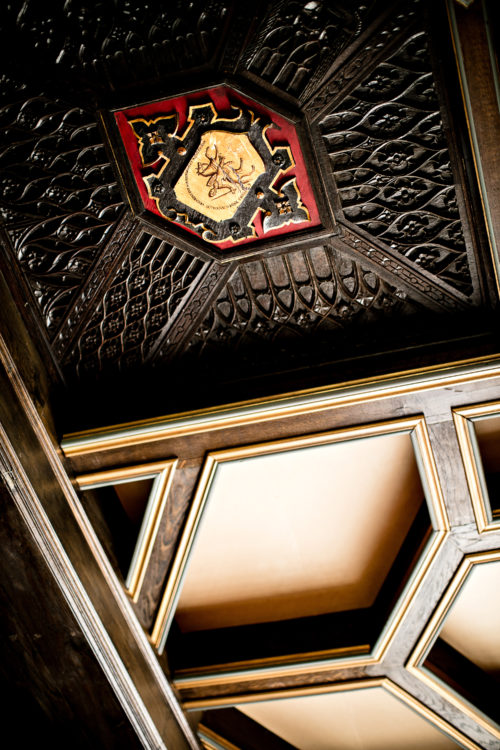
The domain
SEVERAL CENTURIES OF HISTORY
Malromé has been part of Gironde’s history for ve centuries, its vineyard terroir dates back to the 14th Century.
In the 16th Century, Etienne de Rostéguy de Lancre – member of the Parliament of Bordeaux City and lord of Saint-Macaire and Rauzan – builds the « Maison noble de Taste ». The first marks of the domain date from this period. His brother, Pierre de Lancre, is known to have led the big hunt against witches from the Basque province of Labourd.
The Lancre family remains owner of the domain during two hundred years. The castle is let in 1780 to Catherine de Forcade, Baron of Malromé’ s widow, who marks the domain of her personality giving it his name.
In 1847, the castle is passed down to Jean de Forcade, President of the Council of State during Napoléon III’s reign, and his half-brother, the Marechal of Saint-Arnaud, Governor of Paris and Minister of War. They restored the castle in the style of Viollet-le-Duc.
The Countess Adèle de Toulouse-Lautrec buys the domain in 1883. Henri’s mother is attracted by the proximity with Verdelais, important Marian pilgrimage site at the end of the 19th Century and with the Castle of Respide where her cousin Mrs. Pascal lives.
Captivated by the castle, the Huynh family acquires Malromé in 2013. Passionate by art and heritage, they decide to make Malromé a place of celebration of Henri de Toulouse-Lautrec’s artwork and of contemporary art exhibition.
The domain is submitted to a global renovation in order to welcome a large public, the work is realized in a preservation, transmission and contemplation spirit.
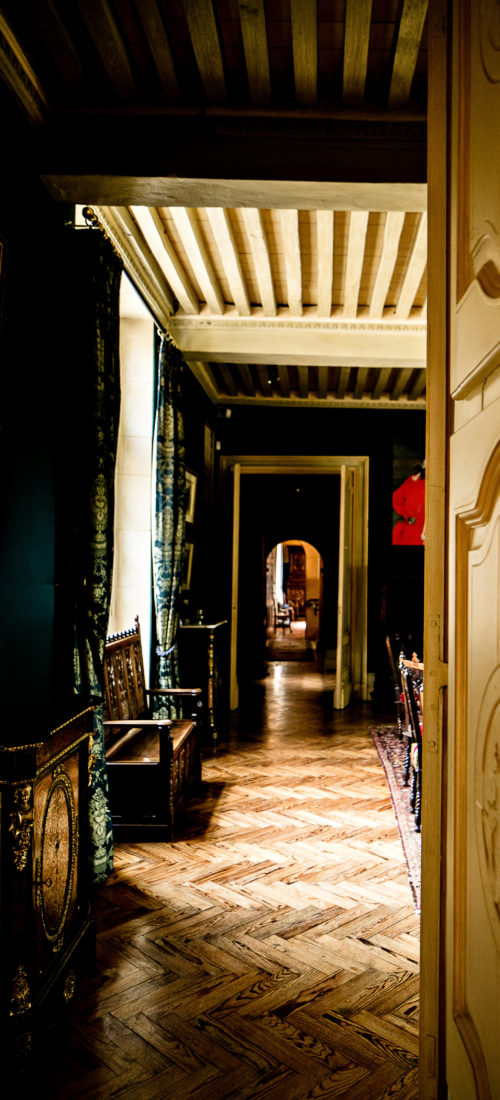
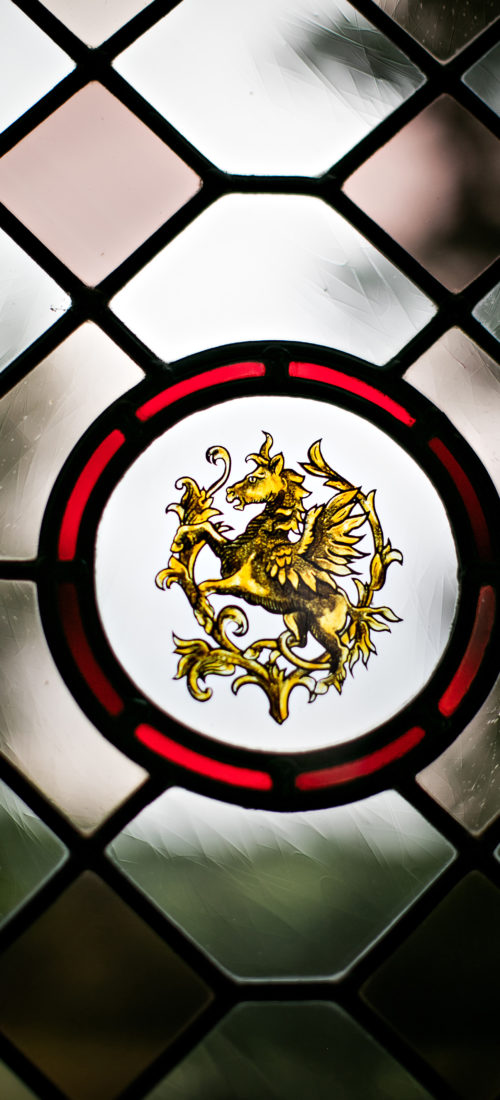
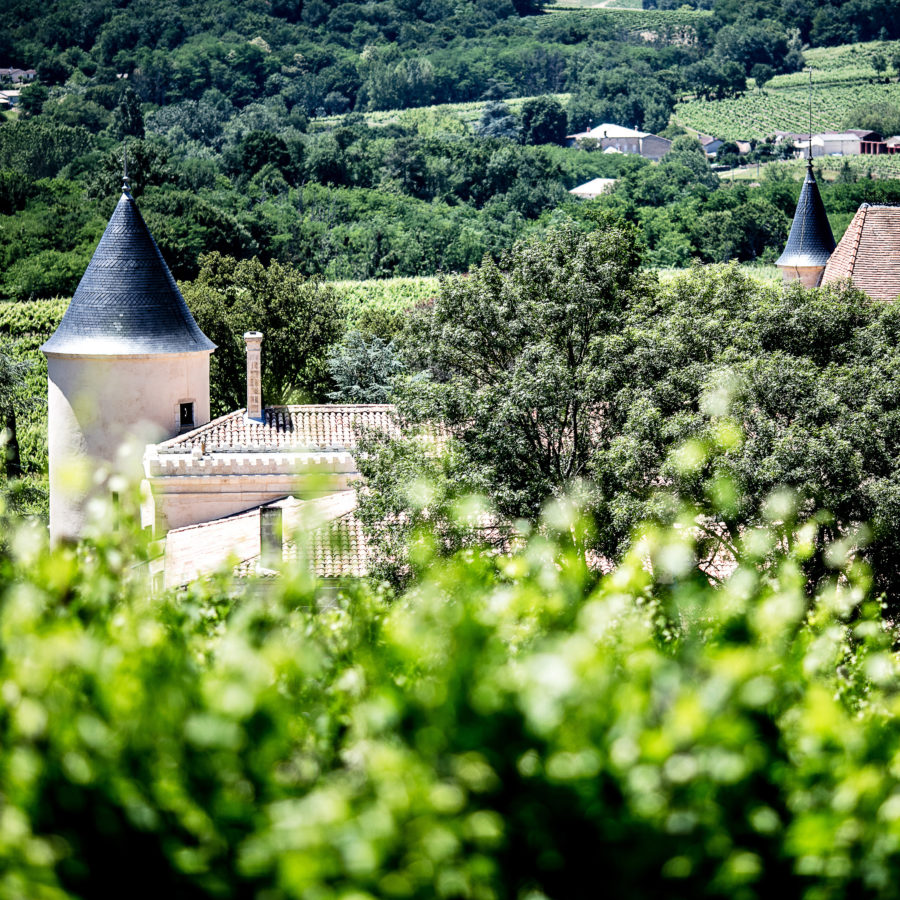
The castle
HERITAGE & MODERNITY
The castle
Located in the South of Gironde in the Entre-Deux-Mers region, the domain is located in reality between two rivers: the Dordogne and the Garonne. Malromé is surrounded by fields, woods and vineyards in the town of Saint-André-du-Bois among other big castles.
In the middle of fifty hectares of a 14th century-planted park and its vineyards, the castle offers a main building with a big central and rectangular tower, two round towers at the ends and three wings surrounding a wide courtyard.
Fruit of a renovation made in the codes and materials of the region and time, Malromé now offers a contemporary and heritage aesthetic framework thanks to the work of the architect Laurent Negretti and interior designer Isabelle Stanislas. The Eastern wing has also been transformed in a contemporary art exhibition area upstairs and reception area on the ground floor. A tasting place has been launched and a summer scene in the courtyard.
The wine
SUN & VINEYARD
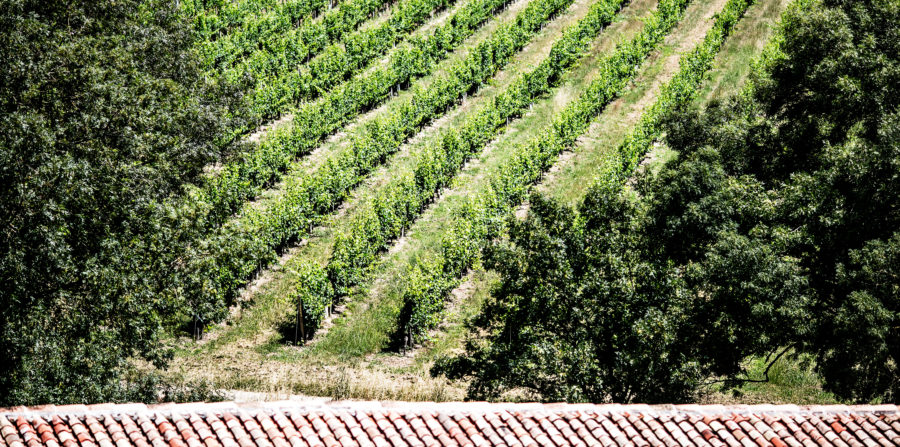
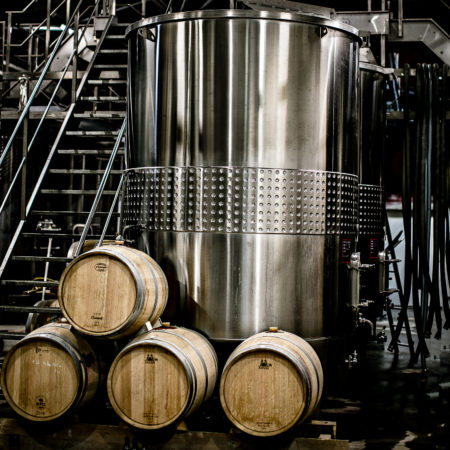
The domain of Malromé covers a surface area of 57 hectares, with 43 devoted to the vineyard. Exploited for five centuries, the vineyard is based on an exceptional terroir, made of clay gravely alluviums brought by the formation of the Pyrenean pit, where the Garonne was born. Recently restructured to express all its potential, the vineyard receives a fertilizer which allows the ground to live with a microbial activity suitable to the quality and the personality of its wines.
The red Merlot grape variety – majority in the zone Saint-Emilion Pomerol – occupies almost half of the domain’s vineyard, followed by the Cabernet Sauvignon variety characteristic of Médoc and Graves wines and of the spicy Malbec grape variety. To realize the Bordeaux blanc sec, nine hectares are occupied by white grape varieties such as the Sauvignon, the Sémillon and a little of Muscadelle.
An inspiring and inspired vineyard, entrusted to the cellar master M. Charles Estager who brought his expertise to other renowned designations. He is accompanied with the enologist Bruno Lacoste.
The Bordeaux Supérieur designation offers a large range of possibilities. Aware of its historic heritage, the Castle Malromé wants to produce great wines with the same intensive care, the same technical choices than Bordeaux great wines.
The honey
NATURE & HONEY
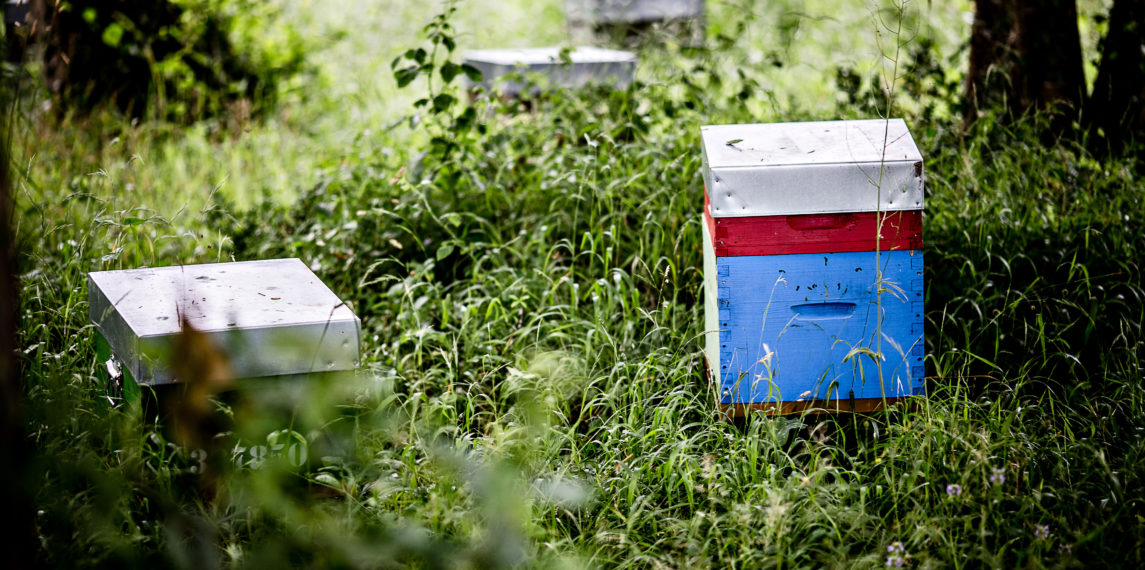
A beautiful cypress alley leads to the Castle Malromé which we discover in the hollow of a small valley open on a Tuscany landscape, surrounded by various and ancient essences: lime trees, horse chestnuts, cedars from Lebanon and even palm trees. For more than a century, the North side is bordered by pink and blue hydrangeas, completed this year by green hydrangeas.
A forest of eight hectares allows to slope gently down towards the steam “Le Galouchey”.
Such a natural diversity is perfect for bees. Nineteen hives have been settled in Malromé in a quiet clairing that fulfills the optimal conditions for bees to be happy and provide beautiful honey.
The gestion of hives has been entrusted to the beekeeper Valérie Doussin, member of Apiculteurs en Aquitaine, a group of beekeepers who advocate the values of expertise and territorial anchoring. Valérie Doussin is a real honey expert, she is also one of the rare producer of royal jelly in France.
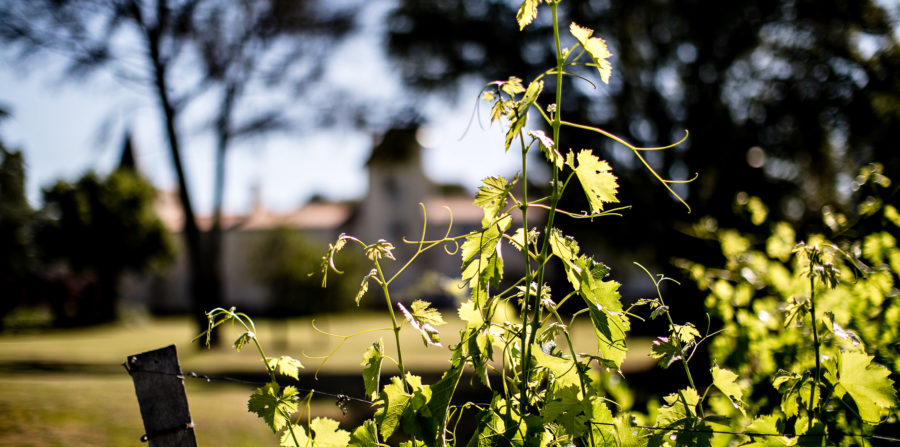
ACACIA
A very soft honey with a subtle perfume and a color almost transparent iridescent with green. Recommended to young children for its properties of intestinal regulator.
SWEET CHESTNUT
A golden honey balanced between the aroma of sweet chestnut. Good for circulation, its healing properties, its abundance of oligoelements, it helps to sleep.
ALL FLOWERS, LINDEN & BRAMBLE
Its russet color is lightened by the lime tree which gives it a light amber side. It contains trace elements (potassium, calcium and manganese).


